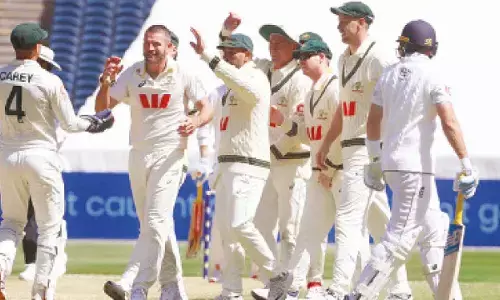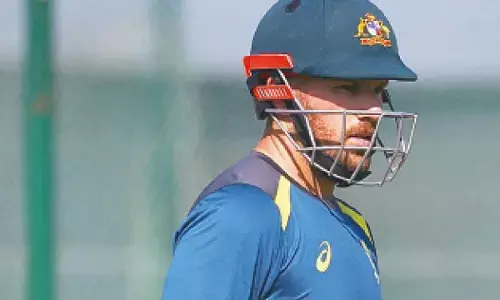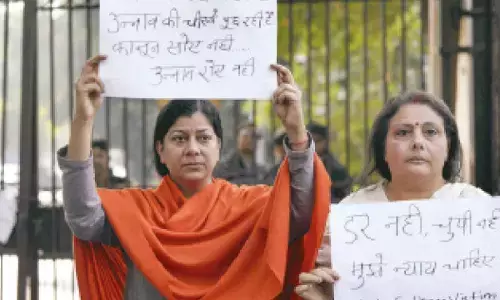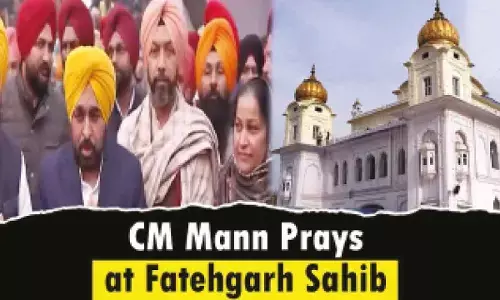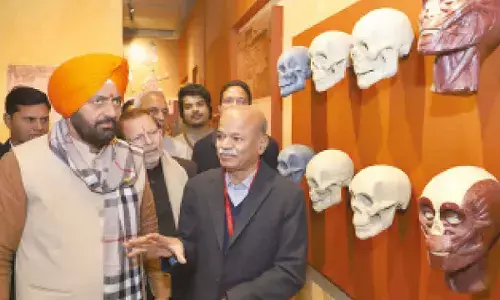Thus flourished Indian cricketers

Thus Flourished Indian Cricketers. The Indian national football team qualified for the 1950 FIFA World Cup, held in Brazil, but Indian footballers were used to playing barefooted. For that particular tournament, FIFA made wearing shoes compulsory. The Indian team withdrew citing lack of practice time and team selection issues.
The Indian national football team qualified for the 1950 FIFA World Cup, held in Brazil, but Indian footballers were used to playing barefooted. For that particular tournament, FIFA made wearing shoes compulsory. The Indian team withdrew citing lack of practice time and team selection issues. But as per legend, so poor was the financial state of All India Football Federation (AIFF) that they could ill-afford the shoes and high travel costs. Six decades later, we are still waiting for qualification.
But cricket escaped a similar poor fate. In the last 25 years, coinciding with economic growth and the brilliant career of Sachin Tendulkar, the financial position of Indian cricket has seen a tremendous improvement. Erapalli Prasanna, part of the Indian spin quartet, made his debut in 1961 but played his next international match in 1967.
For major part of this interim period he stayed away from the game to complete his engineering studies so as to have a degree for back-up before venturing into something as risky as a cricketing career. In recent times, with the commercial success of the game, monetary opportunities have opened up for Indian cricketers. Sachin is one player who has been at the vanguard of this change. When he made his debut in 1989, things were still difficult for cricketers. Most International Indian cricketers had full-time jobs with government institutions (banks, state government, PSUs etc.) or corporates like Mafatlals, Nirlon etc.
 The earnings from first class matches were limited and travel was mostly by road or train. Post-retirement, most players got back to their jobs and worked through to retirement. Beginning with the world cup win in 1983, the state of the Indian cricketer started improving. This was through television transmission of matches, increased revenues for BCCI and added interest of corporates to use cricketers for endorsements.
The earnings from first class matches were limited and travel was mostly by road or train. Post-retirement, most players got back to their jobs and worked through to retirement. Beginning with the world cup win in 1983, the state of the Indian cricketer started improving. This was through television transmission of matches, increased revenues for BCCI and added interest of corporates to use cricketers for endorsements.
When Sachin entered the scene, the endorsement scene was fragmented and regional. In 1995, WorldTel, led by Mark Mascernhas, paid him Rs 30 crore for a 5-year contract, thus making him the richest cricketer at the time. In 2001, WorldTel extended the contract by paying him Rs 100 crore for the next 5 years, breaking the Rs 1 Billion barrier. In 2006, he signed a 3-year contract pegged at Rs 180 crore with ICONIX (a Saatchi & Saatchi company). From Rs 1-1.5 lakh per endorsement per year at the beginning of his career, Sachin earned Rs 8-10 crore per endorsement at his peak a couple of years back. Sachin will retire as the richest cricketer ever but more importantly he has opened the gates for younger players like Mahendra Singh Dhoni and Virat Kohli.
In 2013, Dhoni was ranked 16th in the list of world’s highest paid athletes. If cricket’s span of influence and commercial success continues, one of the younger players may soon break into the top 10. A far cry from 1983, when in order to raise a bonus of Rs 1 lakh per player for the world cup winning squad of 1983, BCCI has to persuade Lata Mangeshkar to perform a benefit concert in Delhi.
The match earnings have also kept pace with the popularity of the game. The match fees of players, in a Ranji Trophy match, have increased from Rs 450 per day in 1990’s to around Rs 40,000 now. For International cricketers the grading system ensures an income of Rs 1 crore for Grade A, Rs 50 lakh for Grade B and Rs 25 lakh for Grade C players. This is separate from the match fees of Rs 7 lakh for test matches, Rs 4 lakh for One-day Internationals and Rs 2 lakh for T20 Internationals. Add to the mix earnings from the lucrative Indian Premier League (IPL) and players with talent could be looking at a financially secure future.
The only change in the ever changing Indian cricket landscape, over last quarter century, has been Sachin Tendulkar. His biggest contribution has been in giving hope and joy to a nation devoid of real life heroes. His talent was never in doubt but a career spread over 25 years, 200 Test matches and 100 International centuries requires genius. In 1991, while ushering the economic reforms, Finance Minister Dr. Manmohan Singh quoted Victor Hugo in Parliament and said – “No power on earth can stop an idea whose time has come”. Maybe, there is an alternate reality to this incident – Dr Singh might have reached Parliament after watching the batting of 18-year-old Sachin and made the statement in a moment of Freudian slip!











